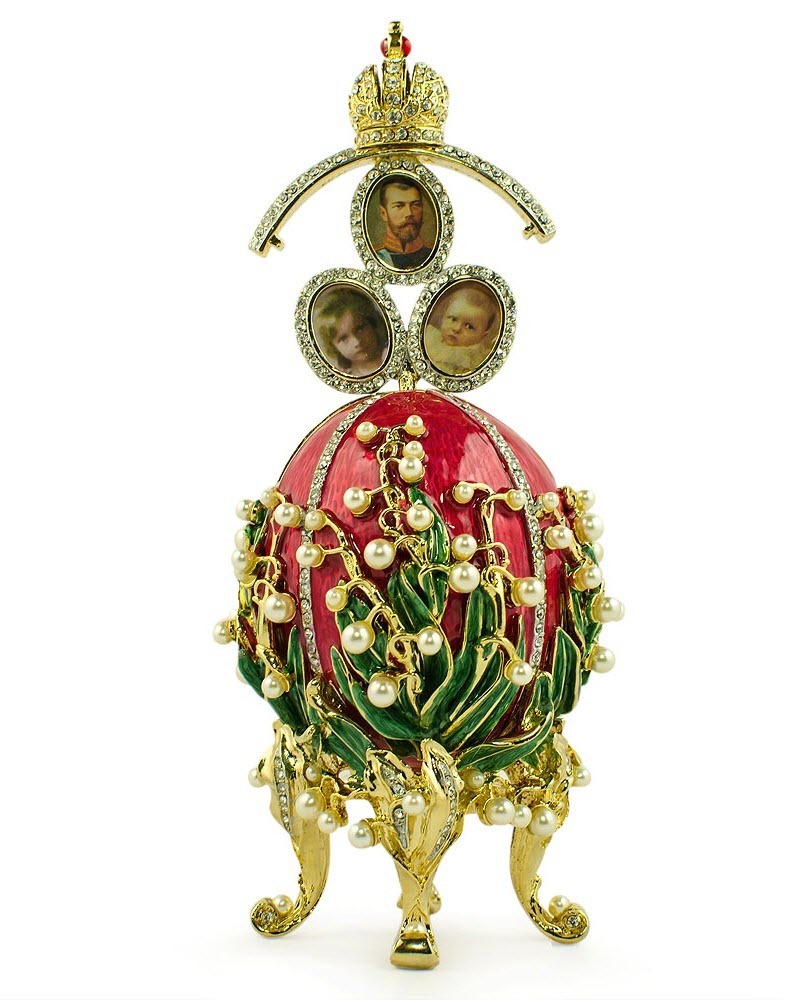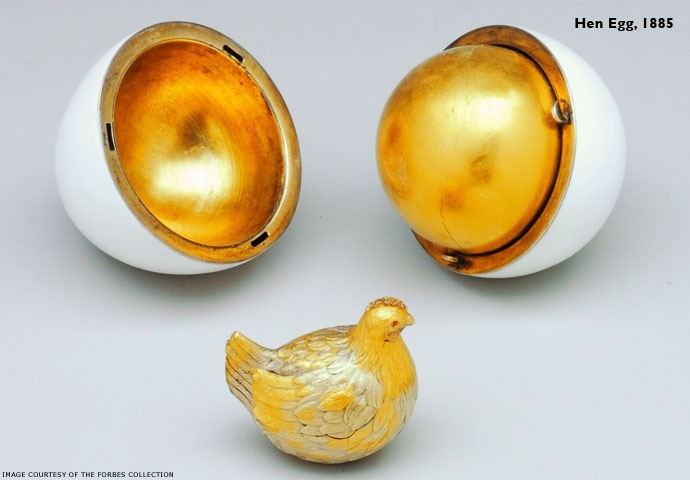Easter is the most important celebration for Russian orthodox Christians, just like Christmas is in the West.
Faberge was to design a unique egg each year, and each egg was to contain a small surprise.
Faberge and his team of highly skilled craftsmen worked in complete secrecy for several months on each egg.
Not even the Tsar knew what form the eggs would take.
The surprises too had constant link with the Imperial court.
The egg was auctioned off in 2002 for US$9.6 million.
After Tsar Alexander IIIs death, his son Nicholas II carried on the tradition.
They became the Faberges greatest and the most enduring achievement.
Of the original fifty eggs, forty-three survive today.
The first Faberge egg, Hen Egg, 1885.
The diamond miniature of the royal crown and the ruby egg was lost.
The Caucasus Egg, 1893.
The Gatchina Palace egg, 1901.
It was the last egg that Alexander presented to Maria.
The Rosebud Egg, 1895
The Memory of Azov Egg, 1891.
The Moscow Kremlin Egg, 1906.
The Peacock egg, 1908
Sources:www.faberge.com/Wikipedia














